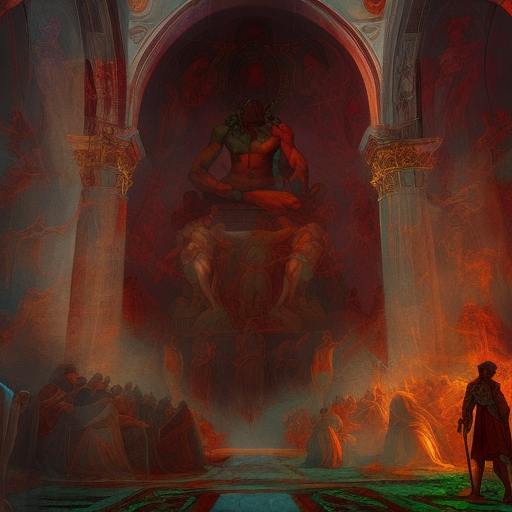The Agony and the Ecstasy: A Tale of Michelangelo’s Artistic Journey
Michelangelo Buonarroti, one of the greatest artists of all time, is the central figure in Irving Stone’s historical novel, “The Agony and the Ecstasy.” This captivating book takes readers on a journey through Michelangelo’s life, exploring his struggles, triumphs, and the immense passion he had for his craft. From his early days as a young apprentice to his iconic works such as the Sistine Chapel ceiling, Stone beautifully captures the agony and ecstasy of Michelangelo’s artistic journey.
The Apprenticeship and Early Struggles of Michelangelo
“The Agony and the Ecstasy” begins with a young Michelangelo, eager to pursue his passion for art. Stone vividly portrays his apprenticeship under the renowned painter Ghirlandaio, where he learns the fundamentals of painting and gains valuable experience. However, Michelangelo’s true calling lies in sculpture, and he soon finds himself under the tutelage of Bertoldo di Giovanni, a master sculptor in Florence.
As Michelangelo hones his skills, he faces numerous challenges and setbacks. Stone portrays the artist’s relentless pursuit of perfection, even in the face of adversity. From the difficulties of acquiring marble to the constant pressure from his patrons, Michelangelo’s early struggles shape his determination and resilience.
The Creation of Masterpieces: David and the Sistine Chapel
One of the highlights of “The Agony and the Ecstasy” is the detailed account of Michelangelo’s creation of two of his most iconic masterpieces: the statue of David and the Sistine Chapel ceiling. Stone takes readers behind the scenes, providing a glimpse into the artist’s creative process and the immense effort required to bring these works to life.
The creation of David, a towering marble sculpture, becomes a battle against time and the limitations of the medium. Michelangelo’s unwavering dedication and his ability to see the potential within a block of stone are beautifully portrayed by Stone. The statue becomes a symbol of Florence’s resilience and the embodiment of Michelangelo’s artistic genius.
The Sistine Chapel ceiling, arguably Michelangelo’s most famous work, is a monumental undertaking that tests the artist’s physical and mental endurance. Stone vividly describes the grueling process of painting the ceiling, from the initial sketches to the final strokes. The conflicts and challenges Michelangelo faces during this project, including the demands of Pope Julius II and the physical strain on his body, highlight the agony and ecstasy of his artistic journey.
The Legacy of Michelangelo
“The Agony and the Ecstasy” not only delves into Michelangelo’s artistic journey but also explores the impact of his work on the world of art. Stone emphasizes the artist’s role in the Renaissance movement and his influence on subsequent generations of artists. Michelangelo’s dedication to his craft, his unwavering pursuit of excellence, and his ability to capture the human form with unparalleled skill continue to inspire artists and art lovers to this day.
Key takeaways from “The Agony and the Ecstasy”:
- Michelangelo’s artistic journey was filled with both agony and ecstasy, as he faced numerous challenges and setbacks while creating his masterpieces.
- The pursuit of perfection and the relentless dedication to one’s craft are central themes in Michelangelo’s life and work.
- The impact of Michelangelo’s art on the Renaissance movement and subsequent generations of artists is immeasurable.
“I saw the angel in the marble and carved until I set him free.”
– Michelangelo
In conclusion, “The Agony and the Ecstasy” is a captivating portrayal of Michelangelo’s artistic journey. Irving Stone’s vivid storytelling brings to life the struggles, triumphs, and immense passion of one of history’s greatest artists. Through the pages of this book, readers gain a deeper understanding of Michelangelo’s legacy and the enduring power of his art.












